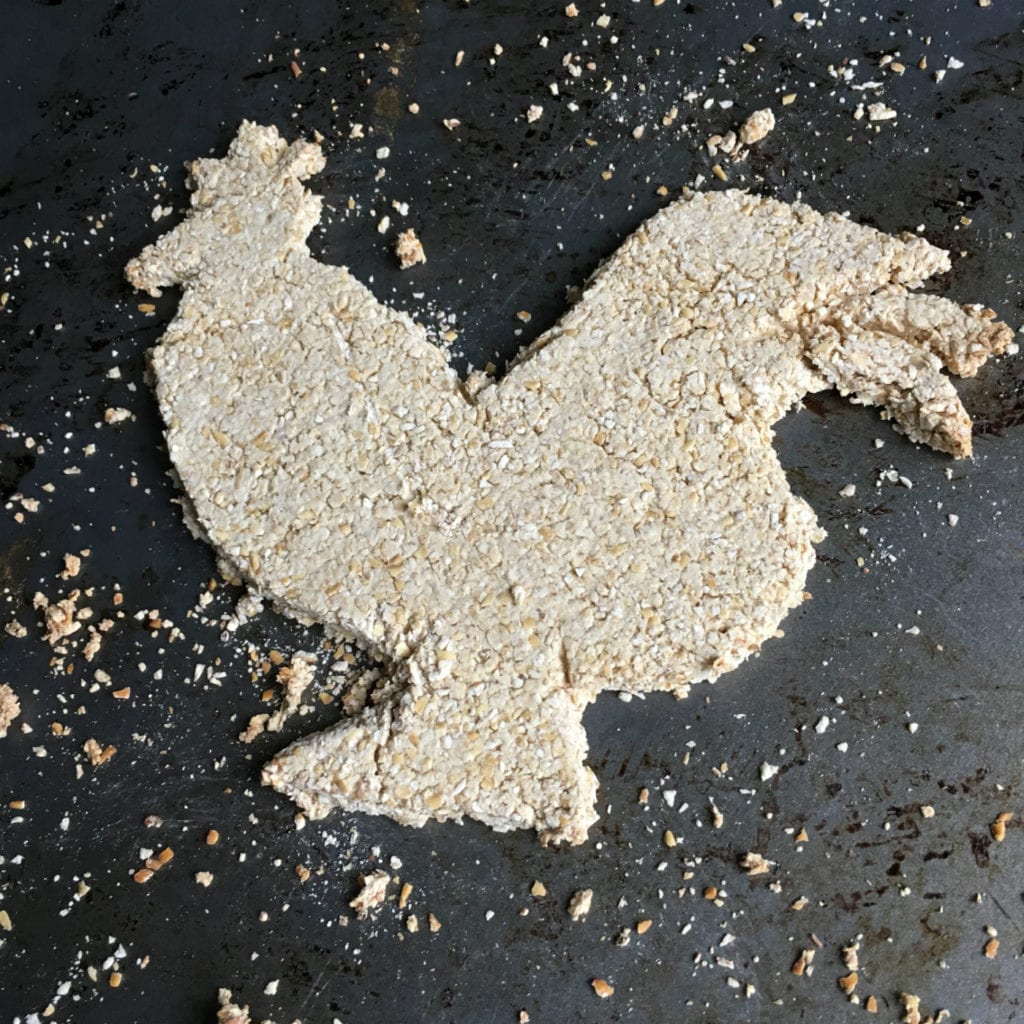Scottish cuisine is full of dishes with ancient names that seem fairly odd to the modern tongue; Cullen skink, skirlie, rumbledthumps, and clapshot all spring immediately to mind.
However ‘festy cock’ seems to take this tradition to a whole new level, but what exactly is it?
Whether celebrating Shrove Tuesday, Mardi Gras, Pancake Day, or another variation, the day before the start of Lent has become synonymous with pancakes.
In Scotland this was traditionally done with a form of oatmeal pancakes.
In The Scots Kitchen, F. Marian McNeill writes of ‘sauty bannocks’ consisting of a thick batter of oatmeal, eggs, beef bree and salt, which were then cooked on a girdle and eaten on ‘Festern’s E’en’.
The alternative, festy cock, was more like an oatcake in consistency, containing no fat, it was fired in a kiln rather than on the flames.
It may be that it was shaped like a bird to celebrate cock fighting which was another Lentern tradition, or possibly to symbolise the cockerel meat that would be given up during the period.
The recipe is written down as simply fine ground oatmeal mixed with some water, formed into the shape of a bird and baked in a kiln.
My interpretation is simply four parts water to ten parts fine oatmeal and a pinch of salt, this can then be scaled up to however many people you wish to feed.
I have baked mine in a hot oven at 220C as I am assuming that the kiln of the past would’ve been hot and relatively uncontrolled heat in comparison to modern ovens.
The festy cock pictured here was cut by hand, you can certainly have some fun with this, however a cockerel cookie cutter would cut down on the need for artistic skills.
(Serves 4)

Picture: Scots Larder
• 100g fine oatmeal plus more for rolling
• 40ml luke warm water
• Pinch salt to taste